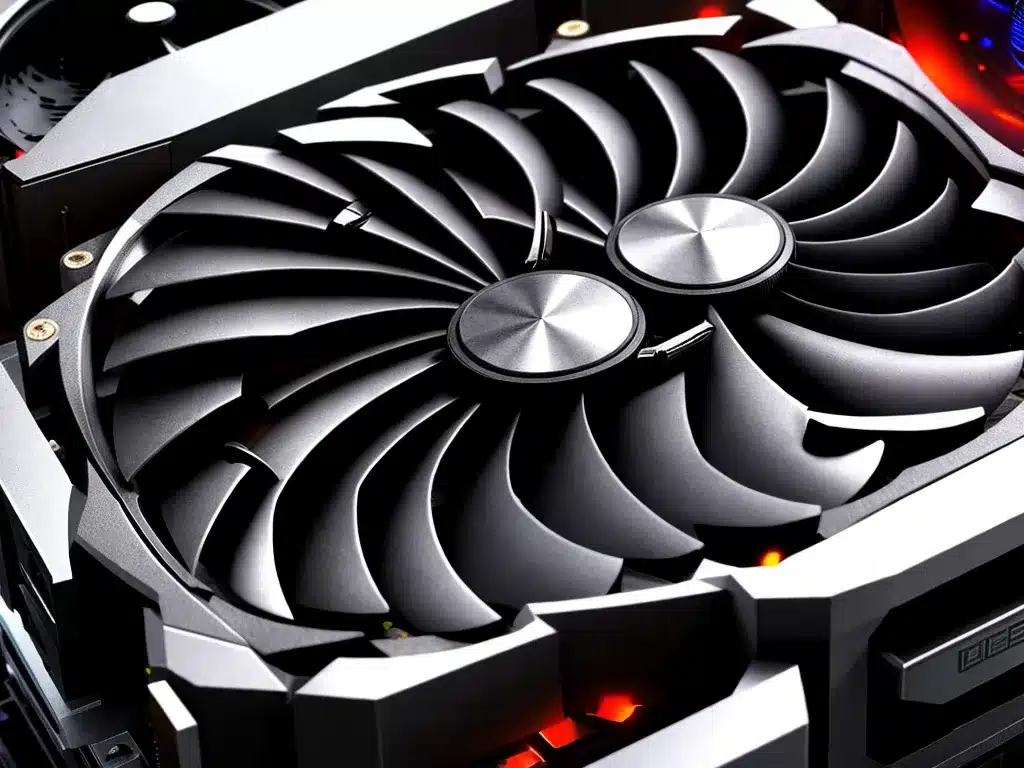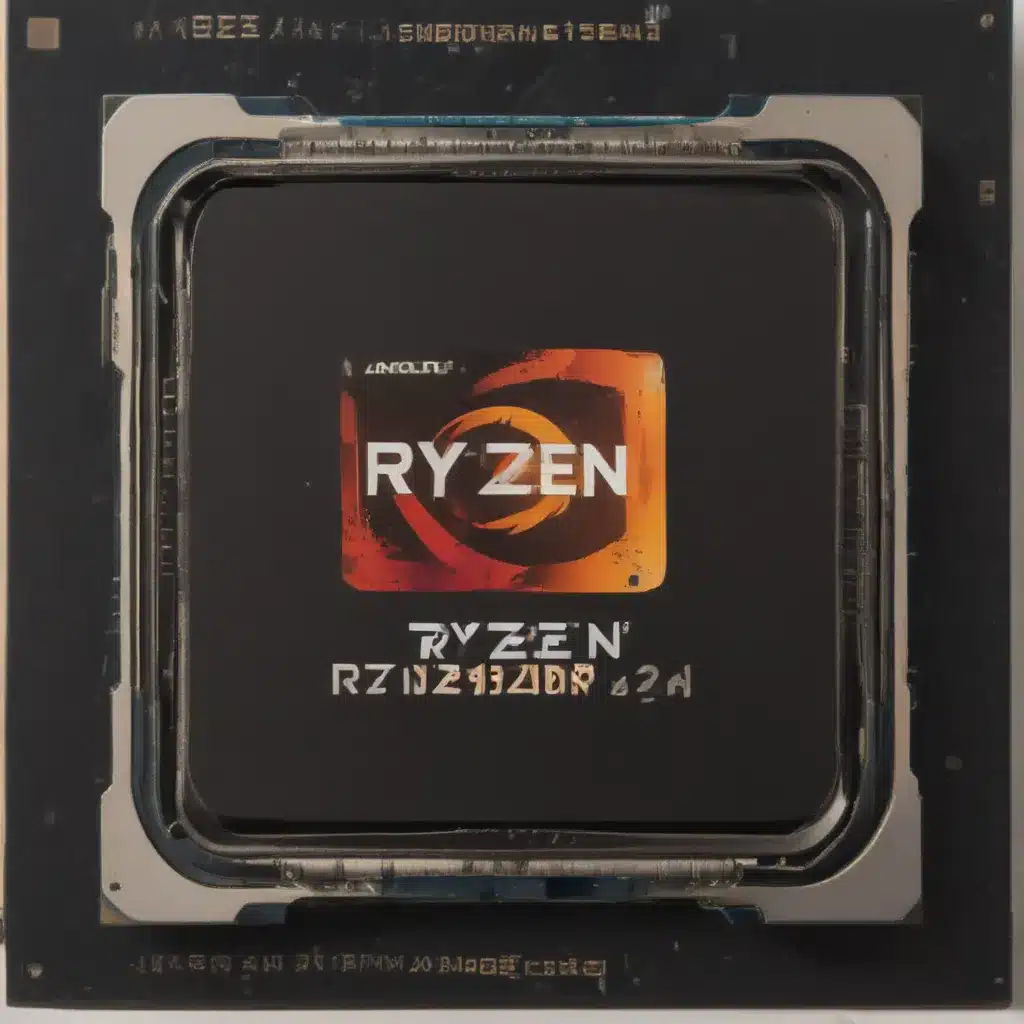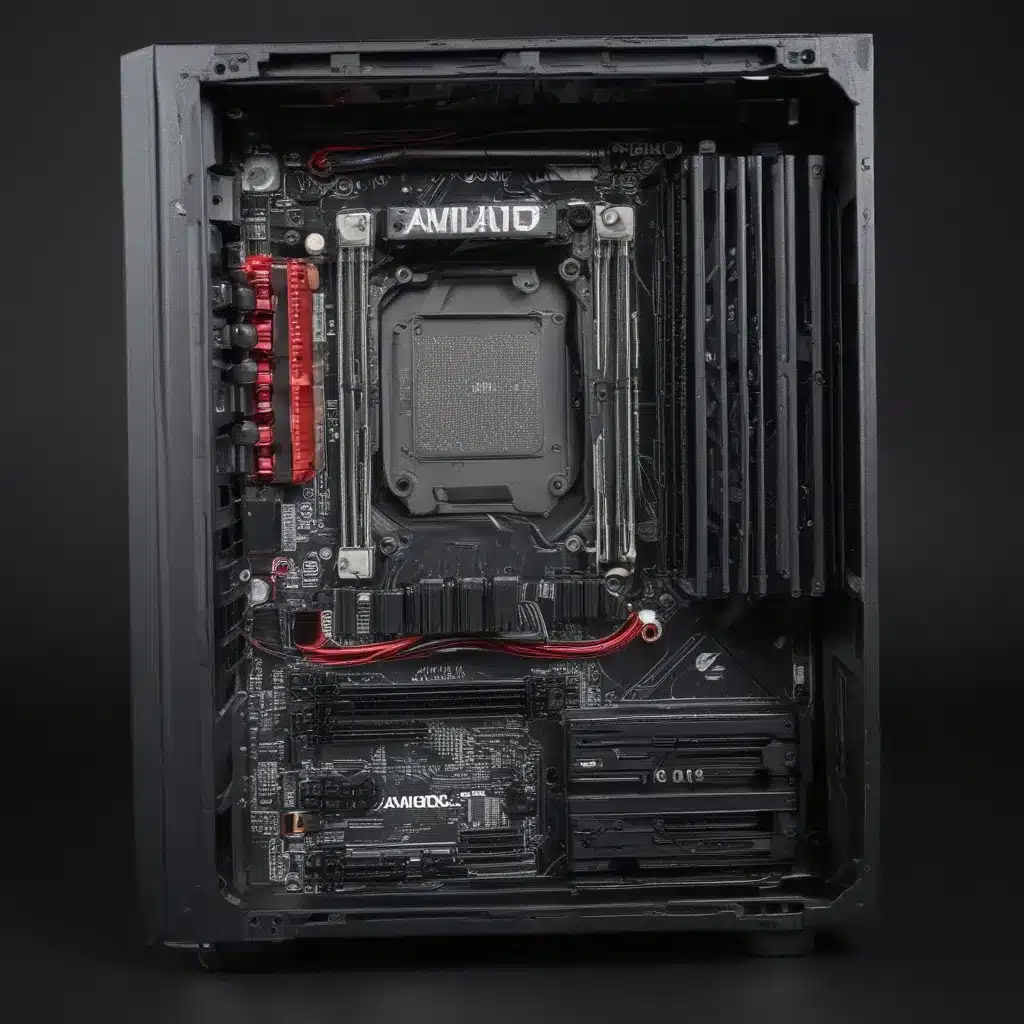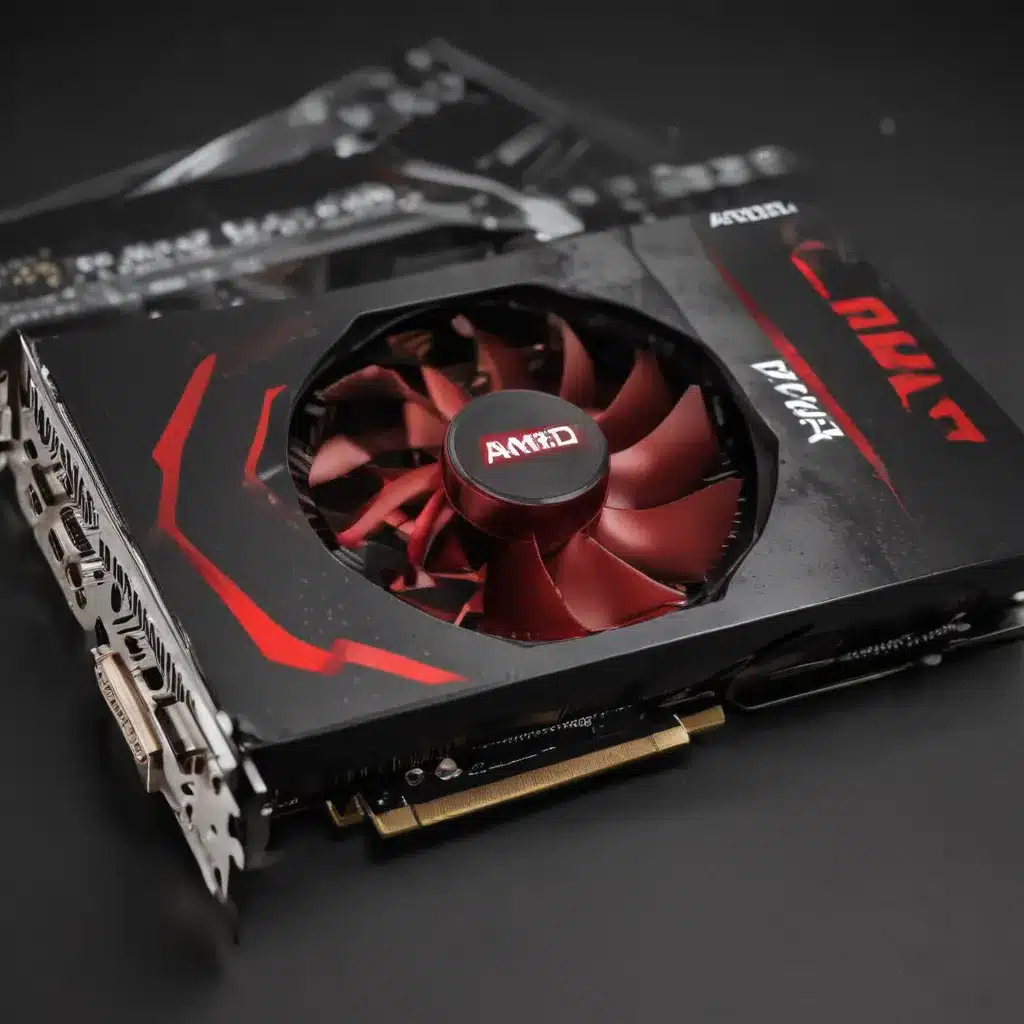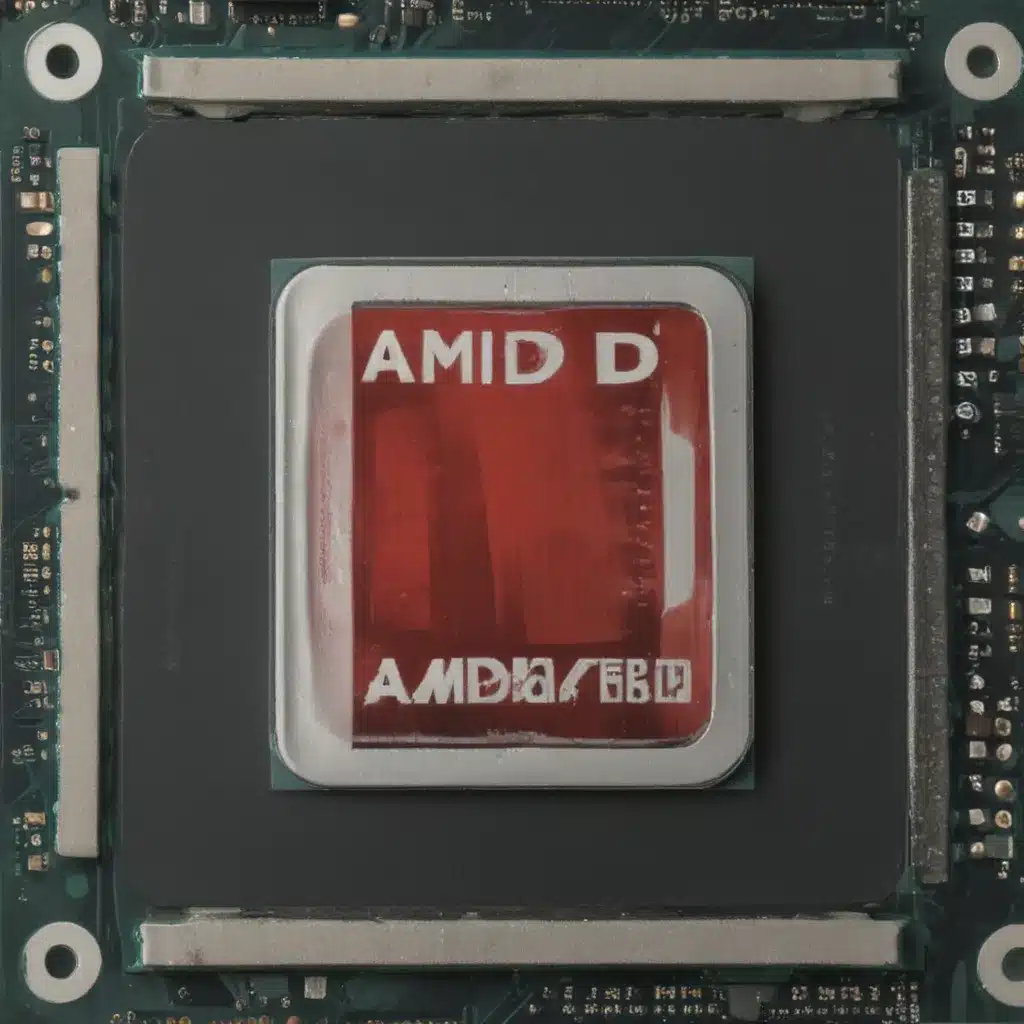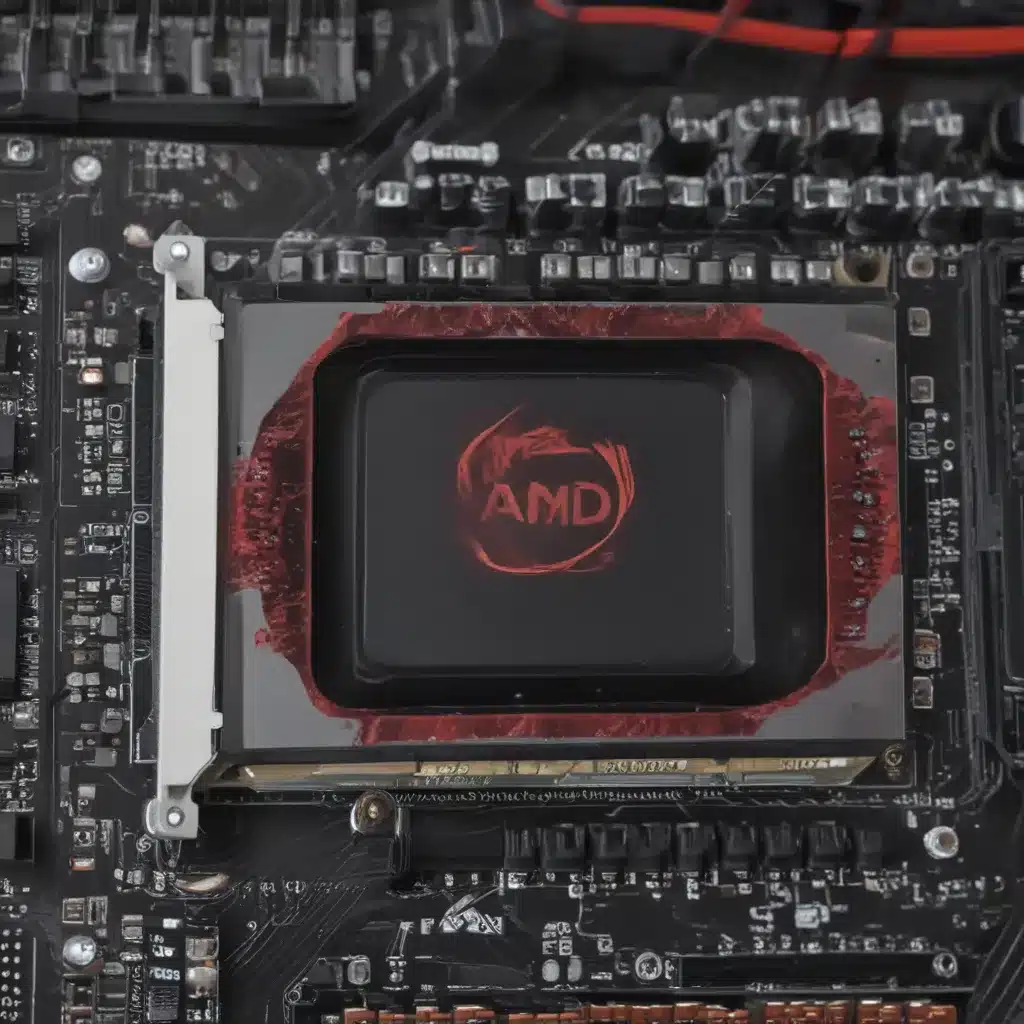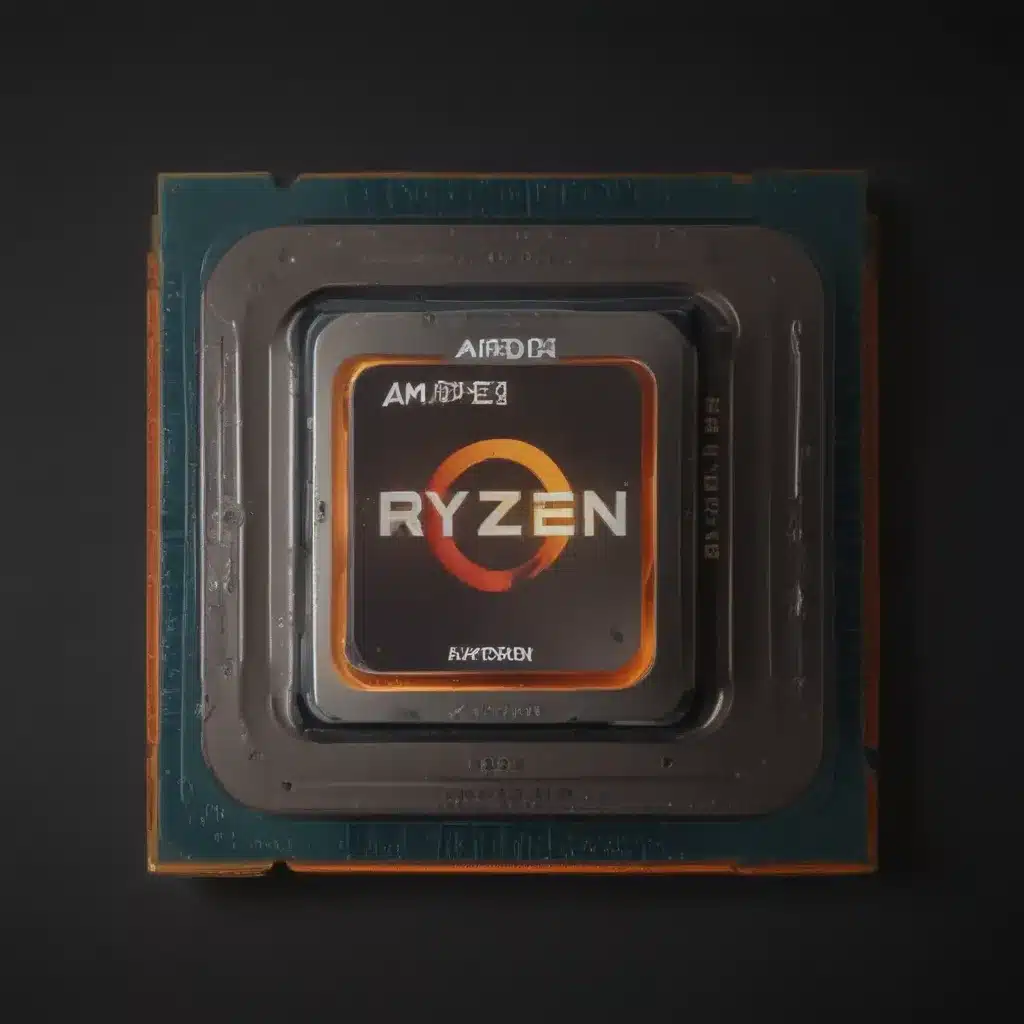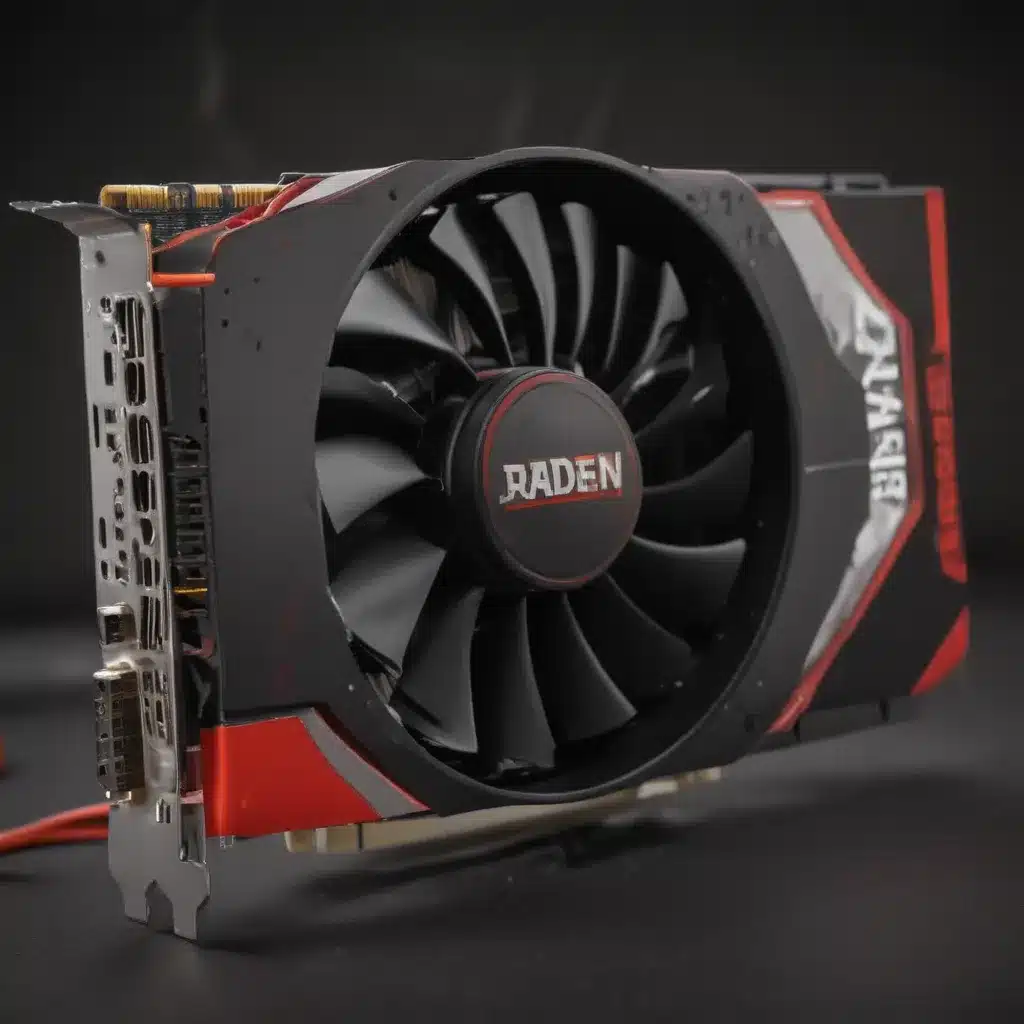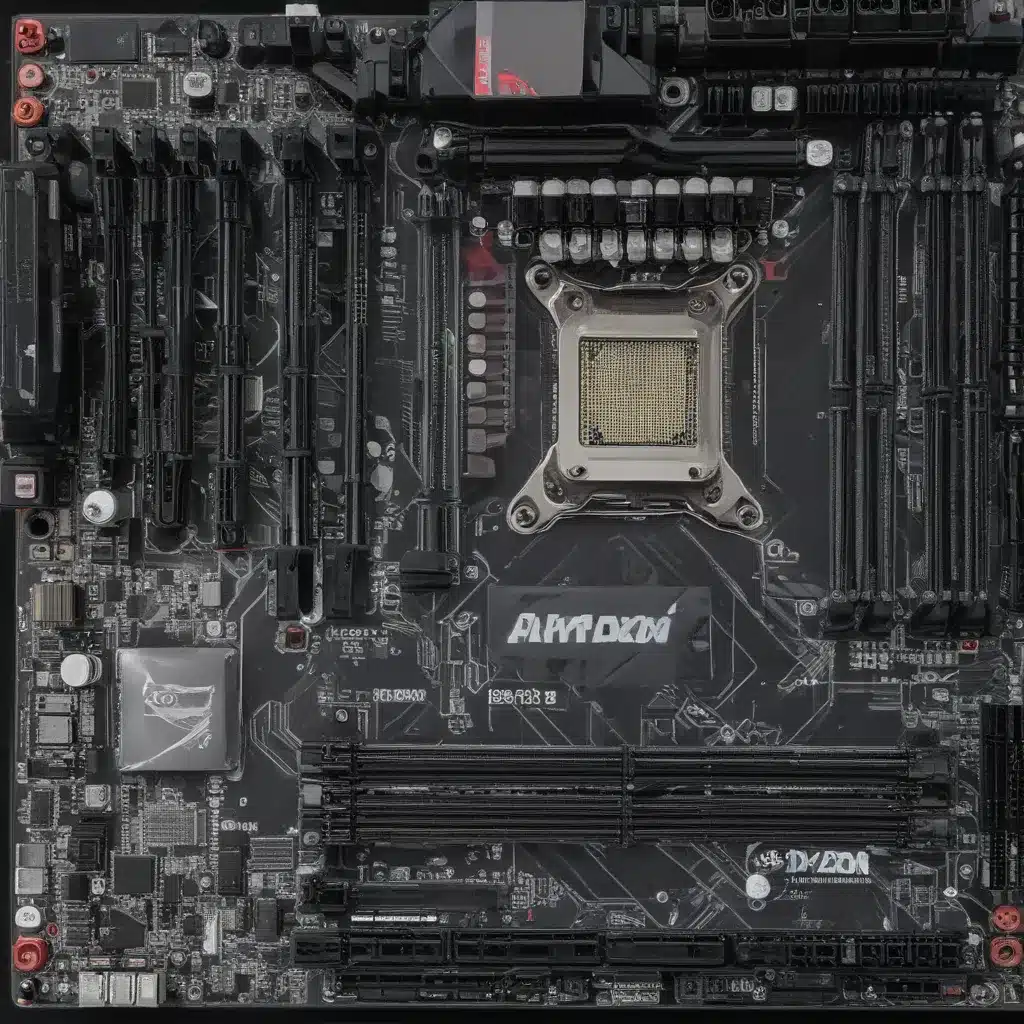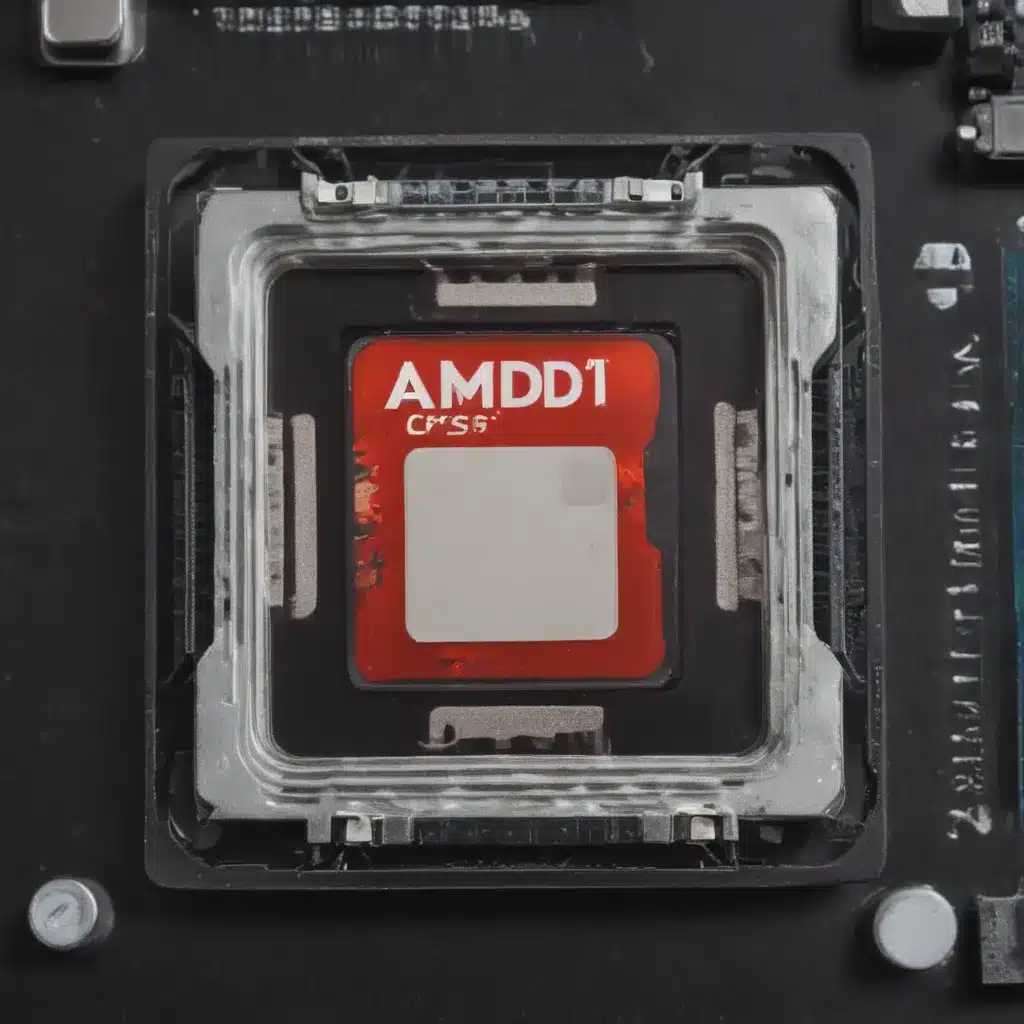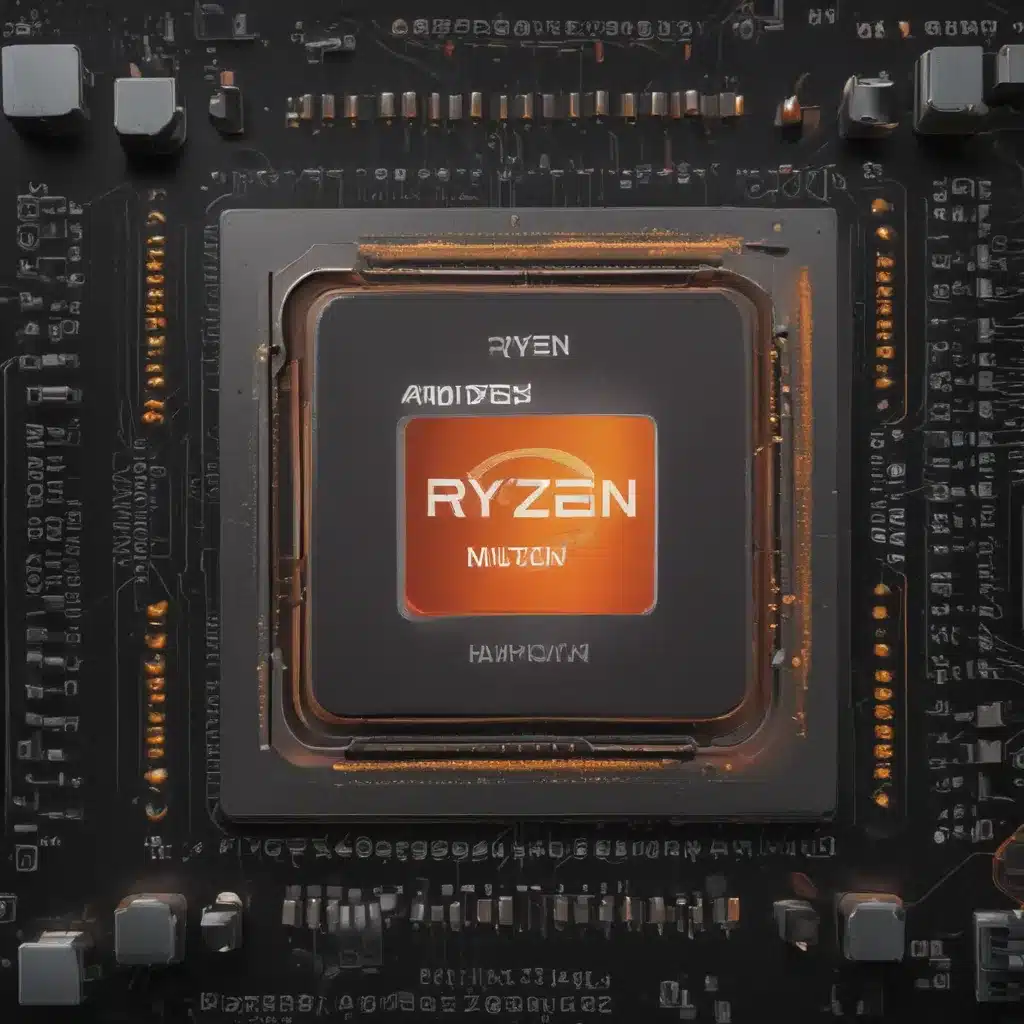What is GPU Overclocking?
GPU overclocking refers to increasing the clock speed of a graphics card beyond the stock settings set by the manufacturer. This allows the GPU to operate faster and can improve gaming performance. Overclocking pushes the GPU beyond its normal operating capacity, allowing it to render more frames per second in games.
When overclocked, the GPU’s core clock speed and memory clock speed are increased. The core clock controls the processing speed of the GPU cores and the memory clock controls the rate at which video memory (VRAM) is read and written to.
Increasing these speeds can result in higher frame rates in games and applications that utilize the GPU. Overclocking can sometimes allow older GPUs to achieve performance similar to newer models.
Why Overclock Your GPU?
Here are some of the main benefits of overclocking your graphics card:
-
Improved gaming performance – Faster FPS and smoother gameplay. This is especially noticeable at higher resolutions and quality settings.
-
Increased benchmark scores – Helpful for competitors who participate in benchmark leaderboards.
-
Revive older GPUs – Breathe new life into aging graphics cards.
-
Free performance boost – Overclocking is free and can postpone the need for a GPU upgrade.
-
Fun and challenging – Overclocking appeals to PC enthusiasts who enjoy tweaking hardware for extra performance.
For serious gamers, overclocking the GPU can provide a noticeable competitive edge and higher framerates. Even modest overclocks can measurably improve performance.
Overclocking Limitations
There are some limitations to overclocking that are important to keep in mind:
-
Silicon lottery – Each GPU chip has differences that affect the maximum stable overclock. Some GPUs overclock better than others.
-
Voltage locked – Modern GPUs have locked voltages which restrict overclocking headroom. Increased voltages can greatly improve overclocks.
-
Thermal limits – Higher speeds produce more heat. The GPU may be limited by insufficient cooling. Upgrading the cooler can extend limits.
-
System bottlenecks – A GPU overclock may be constrained by other system components like the CPU or RAM.
-
Degraded performance – Excessive overclocks can actually make performance worse or cause crashes.
The overall overclocking potential is dependent on the capabilities of your individual graphics card. Setting reasonable expectations helps avoid disappointment.
Risks of GPU Overclocking
While overclocking can improve performance, there are some risks associated with running a GPU past stock speeds:
-
System crashes and freezes – An unstable overclock can result in crashes during games or application use.
-
Artifacting – Visual artifacts and glitches on screen indicating the GPU is unstable.
-
Permanent damage – In extreme cases, overclocking past safe limits could permanently damage the GPU.
-
Voiding warranty – Overclocking technically voids the GPU’s factory warranty. Damage from overclocking may not be covered.
-
Shortened lifespan – Running the GPU outside specs for extended periods can shorten its useful lifespan.
The key is to overclock gradually and use stress testing to find the limits for your particular card. Staying within safe temperature and voltage ranges helps mitigate risks.
Preparing to Overclock Your GPU
Before overclocking, take some time to prepare your system:
-
Research your GPU – Check reviews and forums to estimate real-world overclock potential.
-
Clean the GPU – Remove dust and ensure the cooler fins are free of debris. Replace thermal paste if needed.
-
Case airflow – Ensure the case has sufficient airflow across the GPU’s cooler. Add fans if needed.
-
Adequate PSU – Make sure the power supply has enough wattage and PCIe connectors for the GPU.
-
Latest GPU drivers – Use updated drivers from Nvidia or AMD. Avoid beta versions.
-
GPU tools – Install GPU utilities like MSI Afterburner to control clocks and monitor sensors.
-
Benchmark and stress test – Establish baselines before overclocking for comparison. Test stability afterward.
Taking these preparatory steps helps maximize overclocking headroom and ensures system stability. Don’t cut corners.
Step-by-Step Guide to Overclocking Your GPU
Here is a step-by-step overview of safely overclocking your graphics card:
1. Increase Core Clock
- Open your GPU utility (MSI Afterburner, EVGA Precision X1, etc).
- Slowly increase the GPU core clock offset in small increments of +25 MHz.
- Test for stability in games and with stress tests like FurMark after each increase.
- If visual artifacts or crashes occur, decrease the clock offset until stable.
2. Increase Memory Clock
- Follow the same process above to raise the video memory clock in increments of +50 MHz. Test thoroughly for errors.
3. Adjust Voltage If Possible
- If available, slowly increase GPU voltage by 25 mV increments for further headroom. Monitor temperatures closely.
4. Stress Test and Benchmark
- Run demanding games and stress tests like 3DMark Fire Strike for at least 30 minutes.
- Compare benchmarks to your baseline to verify performance gains.
5. Temperatures and Power Limit
- Aim to keep GPU under 85°C in long stress tests by ramping up fan speeds.
- Increase the power limit if the GPU hits its maximum during testing.
Be patient and reboot your system after any crashes. Save profiles once you identify stable settings. Monitor temperatures closely and avoid excessive voltages. With caution, you can achieve a worthwhile boost from overclocking.
Maintaining a Stable Overclock
Here are some tips for keeping your overclock stable long-term after tuning:
-
Establish safe voltages – Increase voltage the minimum needed for stability. Excessive voltage reduces GPU lifespan.
-
Keep temperatures cool – Improve case airflow and create a custom fan curve that ramps up cooling when GPU is under load.
-
Regular stability testing – Periodically run stress tests to check if the OC remains stable. Game crashes may indicate instability.
-
Stop artifacts fast – If you notice visual artifacts or glitches, revert your overclock immediately to avoid damage.
-
Allow performance headroom – Don’t overclock to the bleeding edge. Allow at least 5-10% below maximum stable clocks for long-term reliability.
-
Don’t ignore crashes – No crashes during everyday use should occur. Black screens and driver failures indicate instability.
-
Monitor sensors – Keep an eye on GPU temperature, clocks, voltage, fan speeds, and power draw.
With careful testing and monitoring, you can enjoy the benefits of overclocking while avoiding common pitfalls that lead to instability or premature hardware failure. Be safe!
When to Stop Overclocking Your GPU
It’s exciting maximizing performance through overclocking, but important to recognize when to stop pushing your GPU further.
Here are signs you have reached reasonable limits:
- Temperatures exceeding 85°C under heavy gaming loads.
- Artifacting, driver crashes, or black screens during stress tests indicating instability.
- Requiring unsafe voltages beyond 1.3V for stability.
- Severe benchmark score fluctuations run-to-run indicating edge-of-stability behavior.
- Daily system freezes or game crashes.
- Diminishing returns where clock increases provide little extra performance.
If you reach these limits, you have likely extracted most of the “free performance” available from overclocking your GPU. Dialing back the overclock slightly improves stability with minimal performance loss.
The GPU silicon lottery means each card has varying potential. Set reasonable expectations, and you can achieve satisfying overclocks through careful tuning. Know when to stop for the sake of stability.
Summary
- Overclocking allows increasing GPU clock speeds past stock settings for added performance.
- Benefits include higher frame rates, benchmark scores, and extending GPU lifespan.
- Limitations depend on the silicon quality, voltages, thermals, and other system components.
- Risks involve crashes, visual artifacts, component damage, and shortened component life.
- Prep your system by cleaning the GPU, ensuring sufficient case cooling and power delivery.
- Increase core clock and memory clock systematically while stress testing for stability.
- Monitor temperatures, voltages, clocks, and power draw during testing.
- Allow some headroom below maximum stable settings for daily reliability.
- Recognize when you’ve reached the limits for your particular GPU.
With patience and by carefully increasing clocks within safe ranges, overclocking can provide a worthwhile performance boost. Just be sure to stress test thoroughly and monitor your system closely. Enjoy the extra speed!

